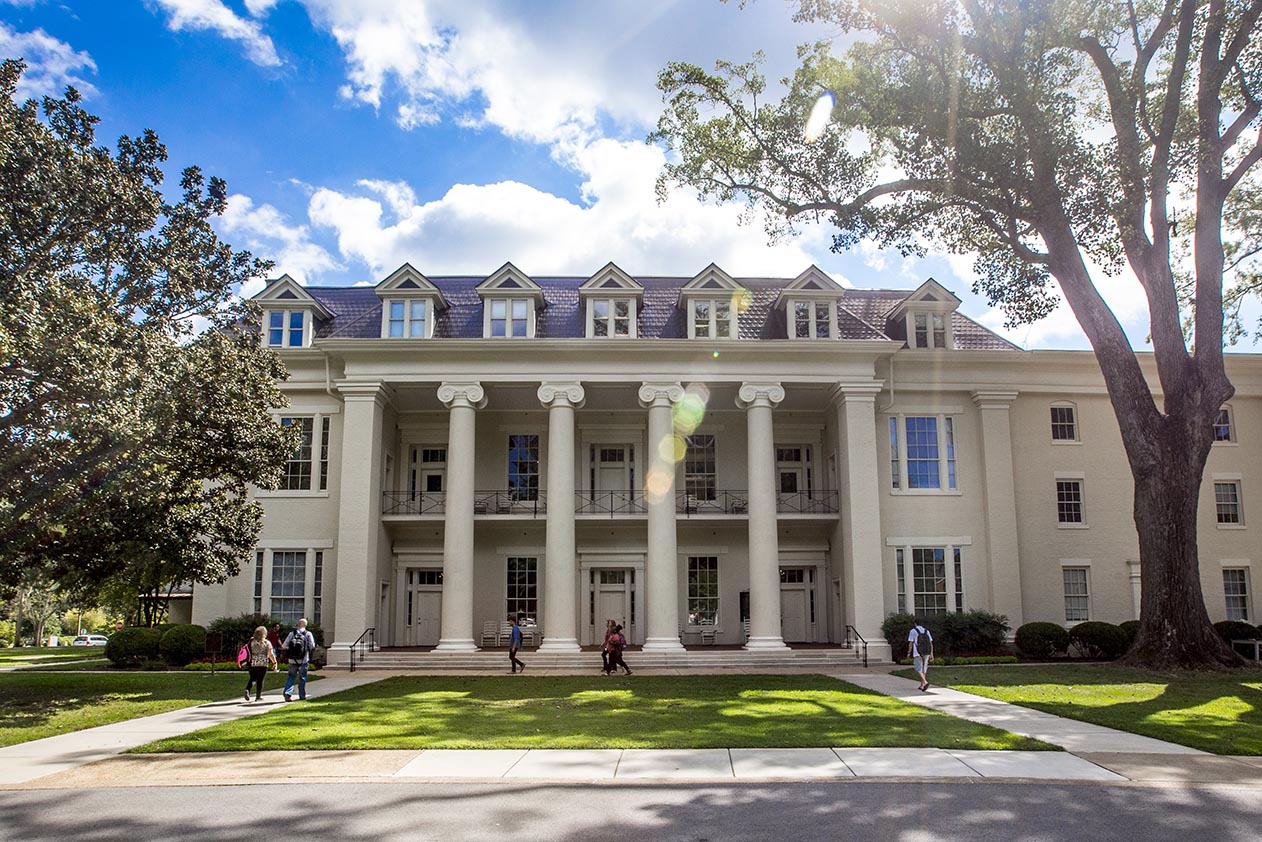If you’re thinking about heading back to a university to finish up your undergraduate degree, you’re not alone. Adult learners comprise a third of the nearly 20 million students enrolled in degree-granting institutions.
The reasons are obvious: Lifetime earnings are substantially higher for those who hold a bachelor’s degree compared to those who don’t. Just as importantly, earning your degree can open up more career opportunities and allow you to move into a position that makes better use of your talents.
Fortunately, “heading back to a university” doesn’t have to mean physically showing up on campus. For many, that’s hard to manage amid work and life responsibilities. Instead, there are many adult degree programs online, designed to make it as convenient as possible for working adults to complete their degrees.
These programs can help by making sure you get credit for courses you’ve already completed. They can even give you credit for training and experience you’ve had at work. This means you graduate sooner and don’t have to lose the investment you’ve already made in your education.
How do these programs work? And what should you look for when deciding which program is right for you? Keep reading to find out.
Leveraging the college credits you already have
If you had to start all over again, earning your bachelor’s degree could feel like a daunting task. The typical degree requires 120 credits. A semester-long course is usually three credits, so that’s 40 courses altogether. This takes four4 years of full-time study and longer for part-time students who are working at the same time.
That’s why many programs allow you to count your prior credits towards the graduation requirements for your degree. In most US undergraduate programs, the first two years of study are spent on general education courses, like English Composition and History, before turning to courses for a specific major. These kinds of courses are the easiest to transfer toward a new degree.
The process isn’t automatic, however. The required general education courses required differ among schools. Even the same course title may have very different content, which means staff for the programs you are considering will have to assess your courses to see what counts toward your degree.
Making the most of your experience
If you had to start all over again, earning your bachelor’s degree could feel like a daunting task. The typical degree requires 120 credits. A semester-long course is usually three credits, so that’s 40 courses altogether. This takes four4 years of full-time study and longer for part-time students who are working at the same time.
That’s why many programs allow you to count your prior credits towards the graduation requirements for your degree. In most US undergraduate programs, the first two years of study are spent on general education courses, like English Composition and History, before turning to courses for a specific major. These kinds of courses are the easiest to transfer toward a new degree.
The process isn’t automatic, however. The required general education courses required differ among schools. Even the same course title may have very different content, which means staff for the programs you are considering will have to assess your courses to see what counts toward your degree.

